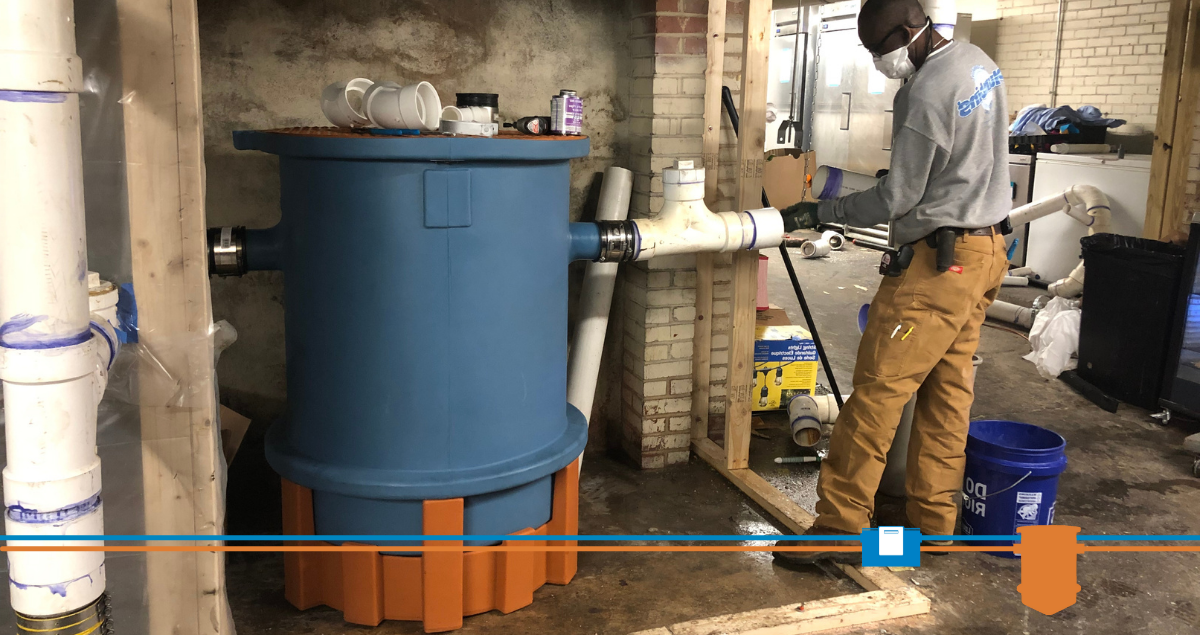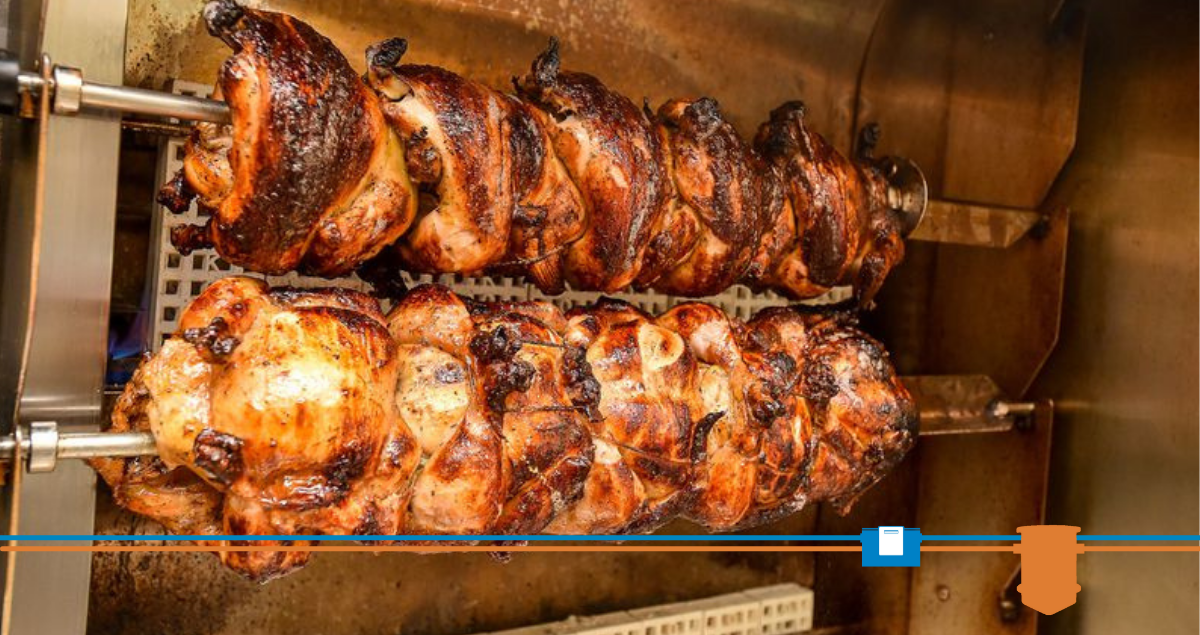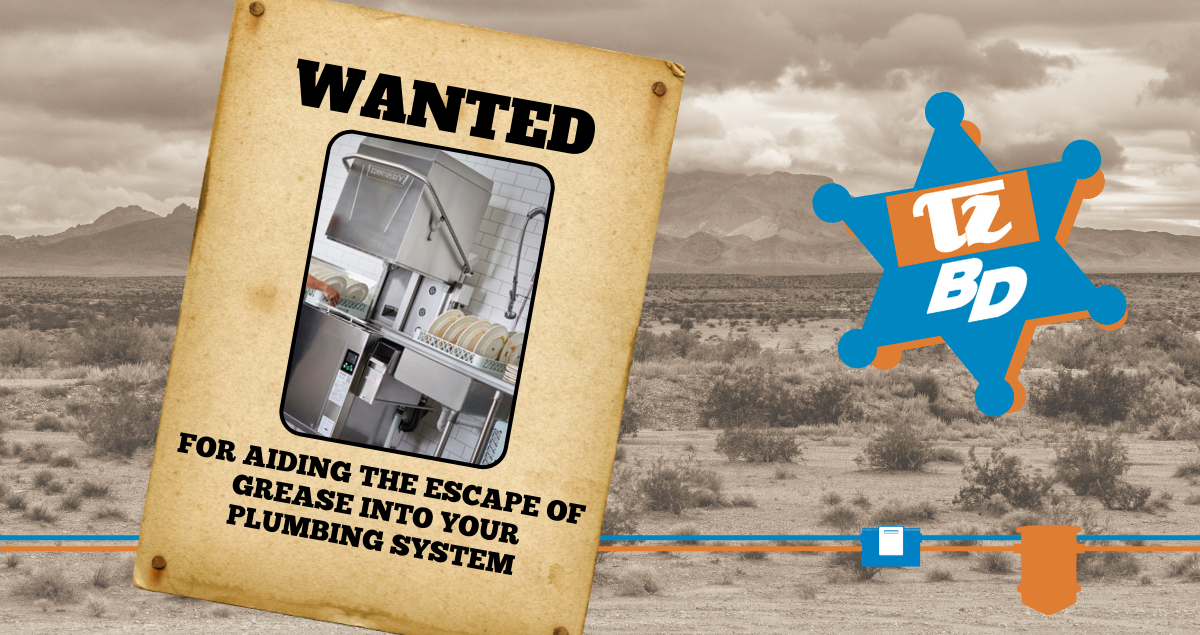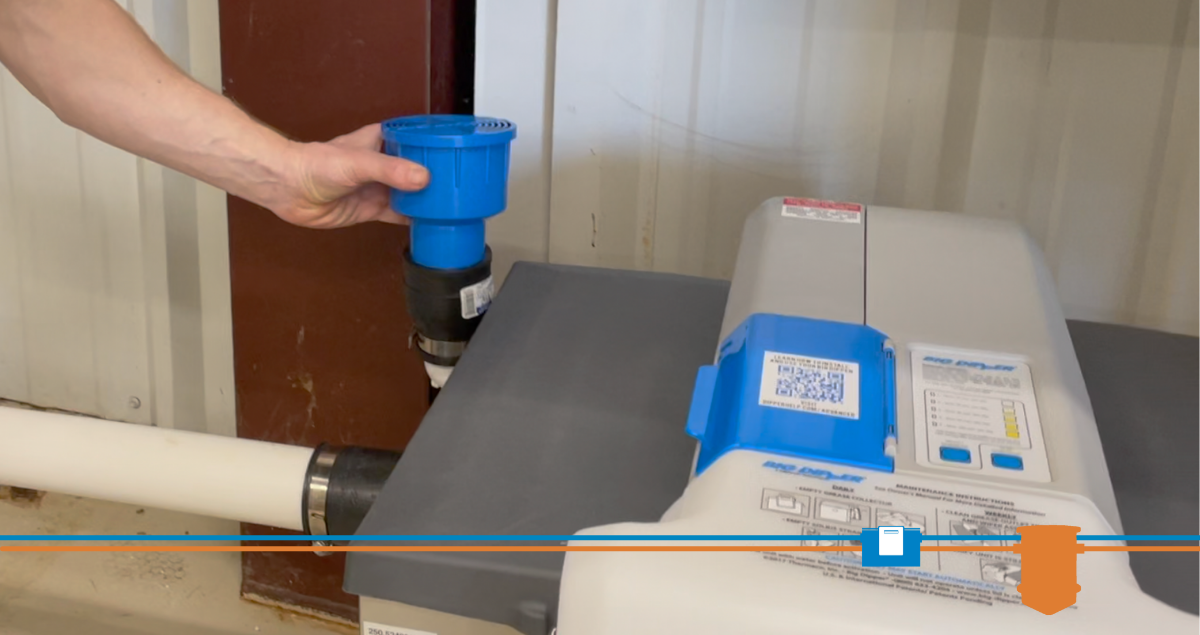Acing the Tests: Why Meeting A Pair of Grease Interceptor Standards Proves the Superiority of Trapzilla.
- Feb 3, 2022
- 0 Comments
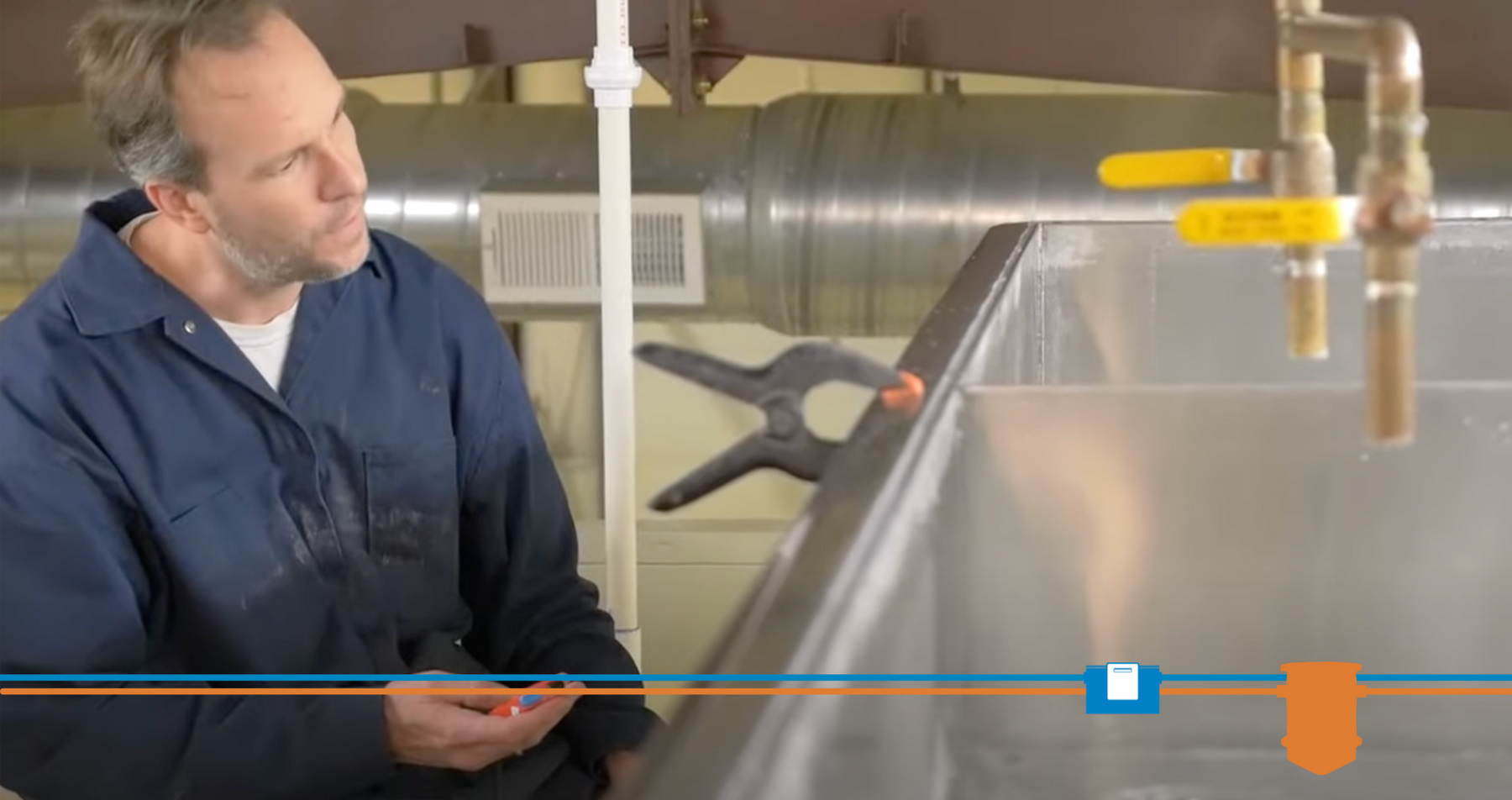
A grease interceptor is an important investment in your business and the environment. You should be able to count on it to do the job long-term, without risking damage to your community’s wastewater system and your bottom line.
The tests to meet North American and European grease interceptor standards give you that peace of mind. While big, vault-style concrete grease interceptors have no standards, Trapzilla units have passed both rigorous tests with flying colors.
Each test is different. One is modeled on the way commercial kitchens operate, while the other mimics the continuous flow situations in industrial food manufacturing facilities. A grease interceptor that passes both, as Trapzilla units have done, means one thing. Your grease management concerns are over. Here’s a little more detail on each test.
The North American Standards
The major testing aspects of the Canadian B481 and ASME A112.14.3 standards came from the Plumbing and Drainage Institute’s Standard G101: Testing and Rating Procedure for Grease Interceptors. The focus is all about performance. A separator unit either passes or fails.
These standards use a model replicating a commercial kitchen sink filling and emptying into a downstream grease interceptor such as Trapzilla. This is considered a batch-flow testing method. Two sinks are filled with 150º F to 160º F (66º C to 71º C) water, and one pound of hot animal fat is added to every 5 gallons of water.
Each fluid batch release is timed, and each standard requires the flow rate to stay at the separator’s rated flow rate or exceed it by 5%.
After each release, a large holding tank downstream of the test unit is skimmed for any grease the separator failed to capture and retain during testing. Whatever grease is found is weighed and compared against the amount of grease sent to the separator, the results of which determine the test unit’s grease separation efficiency.
The ASME Standard also has a minimum grease retention performance threshold. For example, a 20 gallons-per-minute grease interceptor must hold at least 40 pounds of retained grease and have at least a cumulative 90% separation efficiency. A test increment with less than 80% efficiency is judged a failing grade and ends the test.
The European Standard
The test for the European separator standard EN 1825 places considerable emphasis on separating oil from a continuous flow. It involves a continuous 20-minute flow of water with diesel fuel oil continuously added at a 5-ml-per-liter-of-water flow rate. The water is not heated. Its temperature is whatever the supplied water source happens to be that day.
Effluent samples are only taken in the last five minutes of the test. Third-party testers take five separate 500-ml samples, starting at minute 15 and spaced one minute apart. The five effluent samples are then laboratory-tested using infrared spectroscopy or gas chromatography. No individual sample can have a value higher than 30 mg/l.
Each test puts grease interceptors through simulated conditions much like what happens in the real world, as it should be. Because grease interceptor buyers should know that the grease interceptor they buy can handle anything a commercial kitchen dishes out.
Many grease interceptors aren’t subject to these tests and can’t offer that assurance. Trapzilla, however, can.

